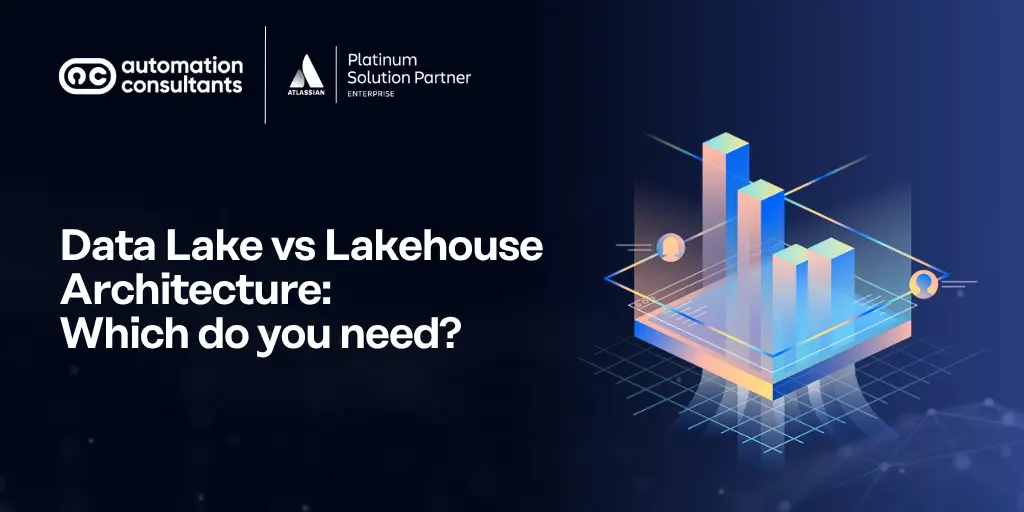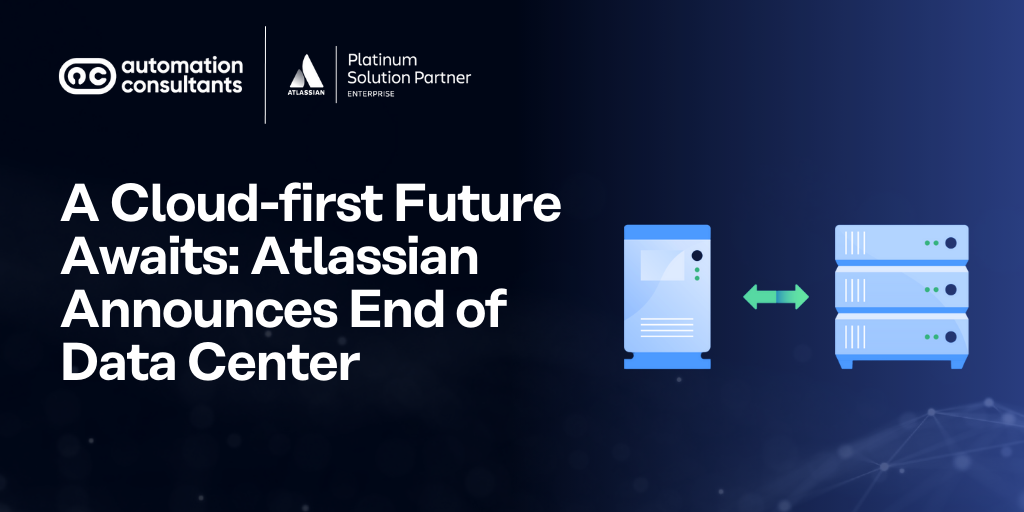Understanding Your Latest Data Storage Options: Data Lake vs Data Lakehouse
Traditionally, you could expect to choose between one of two key data architecture models: A data lake or data warehouse. Each is very different in the format of data it stores, and the use cases it fulfils.
Since then, a hybrid approach has emerged: The lakehouse model.
If you’re beginning to research how to structure your data center, and are keen to understand more about which of these data management solutions best meets your needs, you’ve found yourself in the right place.
We’re unpicking the benefits – and challenges – of data lake vs lakehouse. We’ll also touch on the data warehouse model.
In this piece, we’ll explore:
Let’s begin.
What is a data lake?
A data lake is a flexible approach to hosting your organisation’s structured, semi-structured and unstructured data. Data lakes store data in its raw form – so there are myriad ways you can use it – and are ideal for organisations looking to experiment, explore and build tools (like AI innovations).
The flexibility and relative lack of intentional governance of data lakes provides a certain element of freedom for organisations when it comes to storing, analysing and processing their data, and also supports wide range of raw data formats, from audio and text to video.
Benefits of data lake architecture
Typically, a data lake is a lower cost storage model (when compared to warehouse or lakehouse) and is easily scalable – so it’s a good choice for organisations whose data storage needs may ebb and flow.
This flexibility lies at the heart of the data lake model. If you need to store and process large volumes of highly varied, raw data formats, then data lake is often a good choice. A data lake also supports schema-on-read, whereby data is stored unstructured until the point of query. Essentially, you don’t need to define your data’s structure or format until you want to analyse it – which provides additional flexibility (as we touched upon before) and the freedom to pivot, if your use cases change over time.
🌊 Data lake at a glance
A data lake is a good choice for organisations that want real freedom to model, experiment, and build with raw, unstructured data.
However, it can lead to challenges around sustainable governance, data accuracy, and usability.
Challenges of data lakes
Of course, each of the above benefits has a flip-side. Whilst the freedom and agility provided by a data lake can be a real benefit, it has traditionally resulted in slower processing times as there is such a high volume of unstructured, and widely-formatted data (although we should say that more modern data lakes are now offering comparable query speeds).
Another challenge can be maintaining your data lake. Without firm governance or rigorous data quality testing, lakes can quickly turn into data swamps – places of no order, with duplicate or even unusable data.
Do you need support around your data storage model? Are you ready to unlock greater value from lakehouse architecture, but are concerned about disruption, data migration and implementation? As a specialist consultancy, with two decades of DevOps and data experience, we can guide you to long-term success. Why not get started today with a free, informal 30-minute consultation?
What is a data warehouse?
Put simply, a data warehouse is the antithesis to a data lake.
Ideal for traditional BI reporting, from financial to regulatory (as opposed to the more experimental and innovative analysis and modelling that a data lake supports), warehouse architecture stores structured, cleaned and well-governed data.
The downside of the data warehouse storage model is, naturally, that you lose out on the freedom and versatility of a data lake. It may not be an optimal space to facilitate deep innovation or data exploration. However, you do benefit from faster queries, higher data quality and consistency, and the ability to meet business reporting needs.
🏢 Warehouse at a glance
A data warehouse is often used by organisations seeking highly structured and compliant data storage, and is ideal for traditional BI reporting needs.
However, this rigidity does not support extensive data experimentation or innovation.
What is a data lakehouse?
A data lakehouse is a blend of both the data lake and warehouse storage models – unifying both in a singular architecture.
Let’s say you want the flexibility of raw, unstructured data, and the ability to build and experiment with it, combined with the governance and quality assurance that a warehouse provides. A data lakehouse may provide the answer.
Benefits of lakehouse architecture
A lakehouse can be home to both structured and unstructured data in one, centralised platform. This means it can meet both traditional reporting needs and support the modelling and building of new machine learning innovations, for example.
Combining data lake and warehouse data also reduces the duplication of data, eliminates the need for different systems for different purposes, and establishes a ‘single source of truth’ (as described by Databricks).
With a lakehouse, you should also have greater confidence in data quality. For example, it might employ a medallion architecture, which essentially takes a layered approach to data validation and optimisation, continually reviewing and improving informational quality and structure, and verifying it at three different levels.
This ensures that data scientists can still explore and build with your data, whilst being more confident of its quality – which isn’t necessarily a given in a data lake!
What are the challenges associated with a lakehouse model?
Whilst a lakehouse model enables innovation whilst still providing structure and clarity, there are still a few considerations.
One of these is the potentially complex integration, particularly around migrating from legacy data lake and/or warehouse models. This can also incur higher upfront costs.
Some organisations may also be mindful of the fact that lakehouse technologies are still relatively ‘young’ in comparison to more mature warehouse and lake platforms. On the other hand, however, this is a rapidly evolving space and, from what we’ve seen, providers like Databricks are truly innovating and providing ways for users to maximise value from their data faster than ever before.
🏠 Lakehouse at a glance
Many organisations are now turning to a data lakehouse as a middle ground between the more traditional data lake and warehouse models.
A lakehouse is a good pick for teams who want the freedom of raw data, and the space to build and innovate, coupled with the order and structure that a warehouse architecture typically provides.
However, organisations should be aware that some data lakehouse models may incur higher upfront costs, and require advanced technical skill to both implement and integrate, and to maintain performance.
Final verdict: Data lake vs lakehouse
Whereas data lake and warehouse models each fulfil very different uses cases, a data lake and lakehouse are more closely aligned.
Using very broad-brush terminology, a lakehouse data architecture will provide your organisation with the best of both worlds. You benefit from the space to experiment and build with varied, raw, unstructured data, coupled with the increased governance and quality controls of a warehouse architecture.
What’s more, with a unified lakehouse system, you can fulfil both innovative ML development alongside more traditional BI reporting from structured data.
Still want to explore your data strategy options?
Learn more about our Snowflake database and consulting services.
Databricks partner and specialist consultancy
As a Databricks partner, we’re ideally placed to help you unlock greater value from your data architecture. From performance optimisation, and helping you to scale your solutions, to improving internal adoption and auditing your wider techstack, we’ll be by your side.
Discover the difference a dedicated consultancy can make, and maximise your investment in lakehouse solutions with AC. Get started today with a free data strategy session!
Not sure which architecture is right for you?
Choosing between a data lake and a lakehouse can shape the future of your data strategy. Book a free 30-minute consultation with our experts to get personalised advice tailored to your tech stack, business goals, and team needs.





